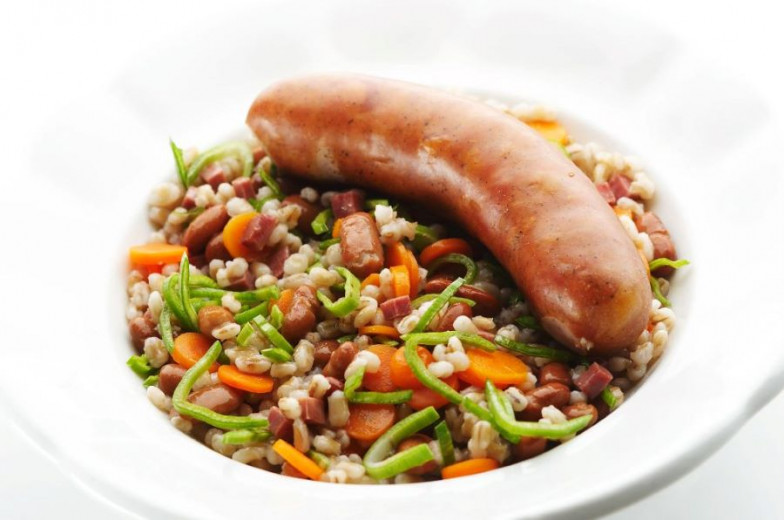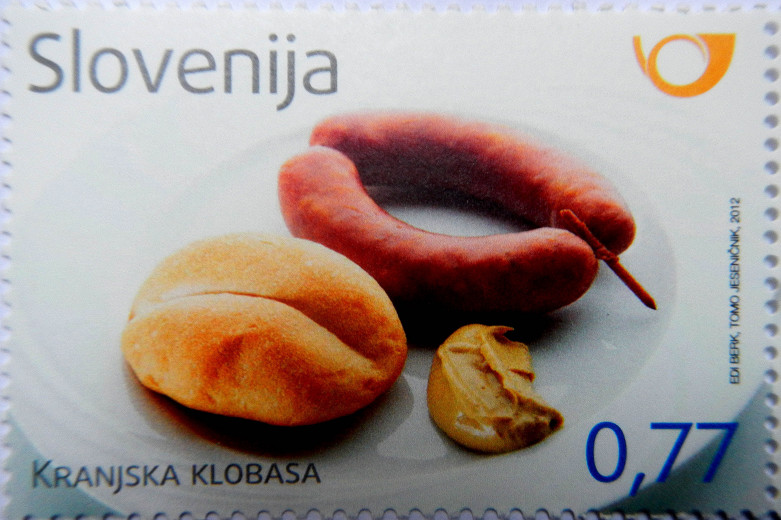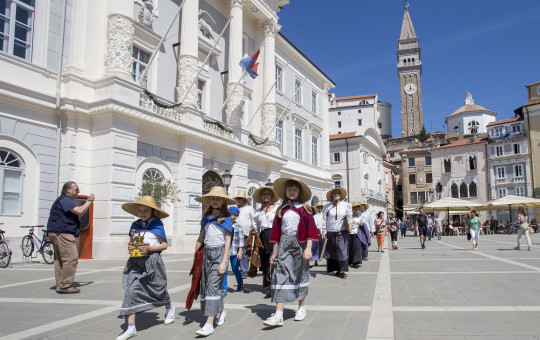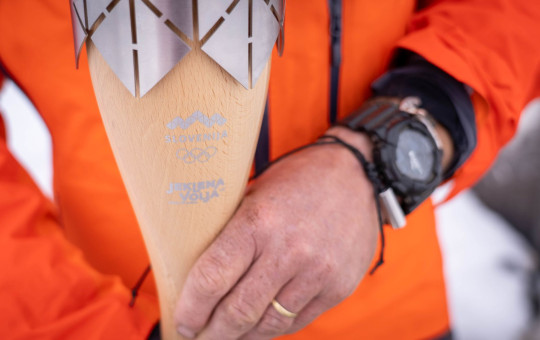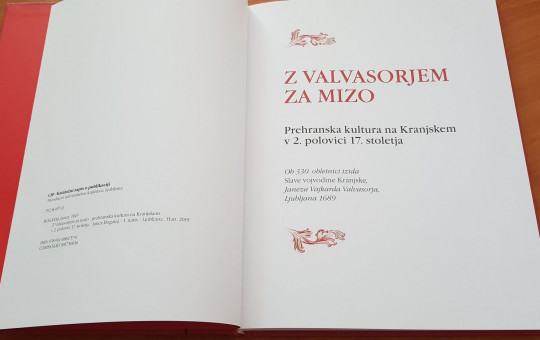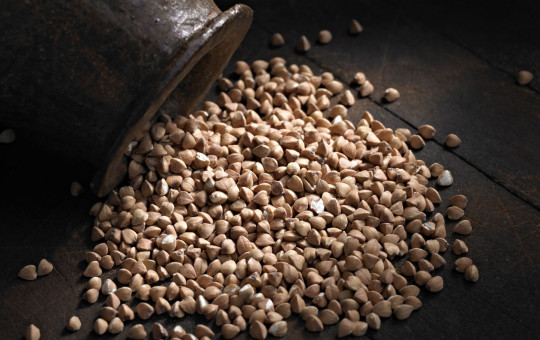As a traditional food product it is protected by geographical indication in the country of origin and represents a symbol of cultural heritage that Slovenes are justifiably proud of. The name of this sausage is, without a doubt, one of Slovenia’s most widely and internationally recognisable names in gastronomy. It can be produced by no more than 15 Slovene producers that have obtained a certificate for its production.
The certified recipe requires high-quality pork, hard bacon, garlic, pepper, salt and pig’s intestine
Made using the finest pork and bacon with added sodium nitrite and seasoned solely with garlic and pepper, the Carniolan sausage is held together with a wooden skewer. The sausage is a reddish brown colour on the surface and bears a faint scent of smoke; in cross-section, the meat is pinkish red, while the bacon is a creamy white colour and not dissolved.
The texture is taut, crunchy and juicy, with a full aroma that is characteristic of desalinated, specifically seasoned and smoked pork.
The Kranjska sausage has to be cooked before consumption. It is usually eaten hot, together with sour or cooked cabbage or sour turnip. A white bun, mustard and grated horseradish are mandatory companions. Kranjska sausage can also be enjoyed with different beverages. Wine is preferred, but it also goes well with beer.
It originates from the times of the Austro-Hungarian monarchy
The Carniolan sausage originates from the times of the Austro-Hungarian monarchy and it was named after the province of Carniola which was, from the 15th century on, the central province in the territory of Slovenia and the only completely Slovenian region. The earliest mention of Carniolian sausage in German is found in Katarina Prato's renowned cookbook Süddeutsche Küche (South German Cooking, 1896), describing the manner of cooking the sausage.
The oldest recipe for preparation of Carniolian sausage was published in 1912 in the sixth edition of “Slovenska kuharica” (“Slovene Cookbook)” by Felicita Kalinšek.
Chroniclers of old Ljubljana mention the Carniolan as a part of menus at important and gala events. (Source: Bogataj, 2011. Mojstrovine s Kranjsko klobaso iz Slovenije - Kranjska klobasa masterpieces from Slovenia.)
Emigrating Slovenians took the sausage with them out into the world, making it famous worldwide. In the German-speaking world, the Carniolan sausage is known as “Krainer Wurst”, while the English-speaking world knows it as “kransky sausage”.
Slovenia Gets EU Special Status for Kranjska Sausage
In January 2015 Slovenia has managed to get EU special status for the Kranjska sausage as the European Commission approved its entry in the register of protected geographical indications and thus added it on the list with over 1,200 protected agricultural products in the EU. This is the twenty-second Slovenian product registered by the European Commission and the 11th to have protected geographical indication.
Some experts say that skewered Kranjska sausage, first made in 1896 and also protected in Slovenia since 2008, is one of the most recognisable Slovenian culinary products.
The label designates agricultural products or foodstuffs whose quality, reputation or other features are closely associated with a certain geographical area.
Date: 5. November 2019
Time to read: 4 min

